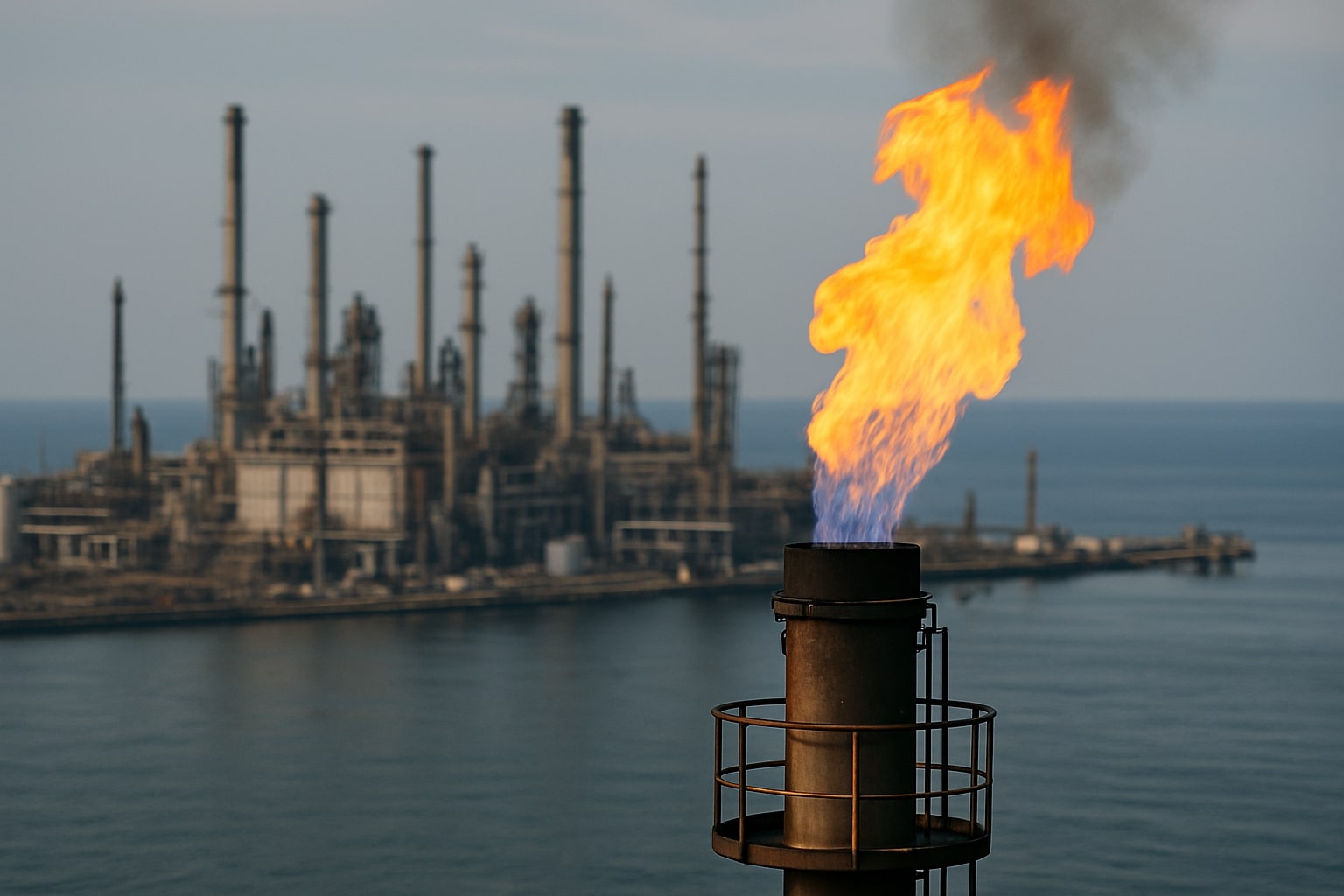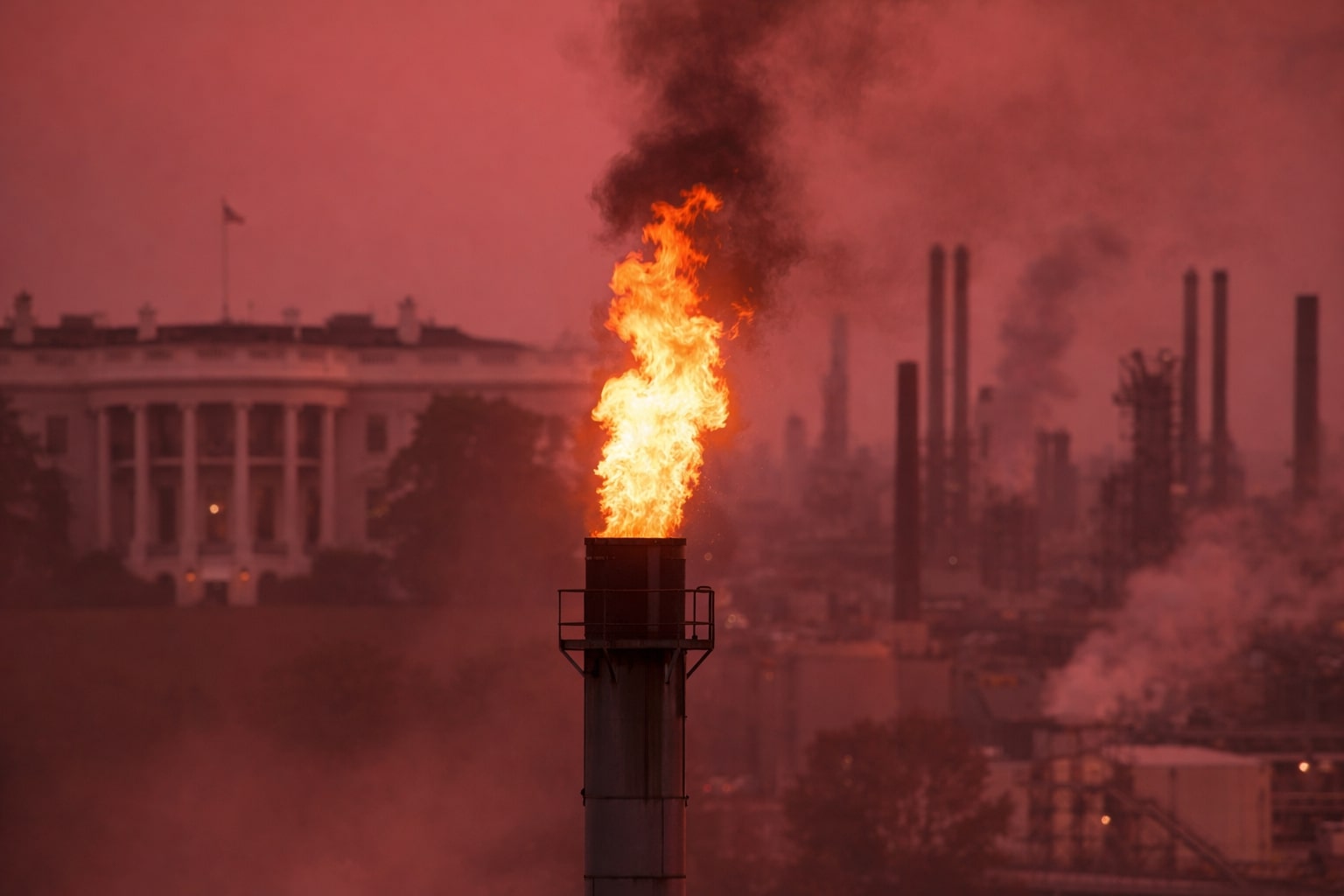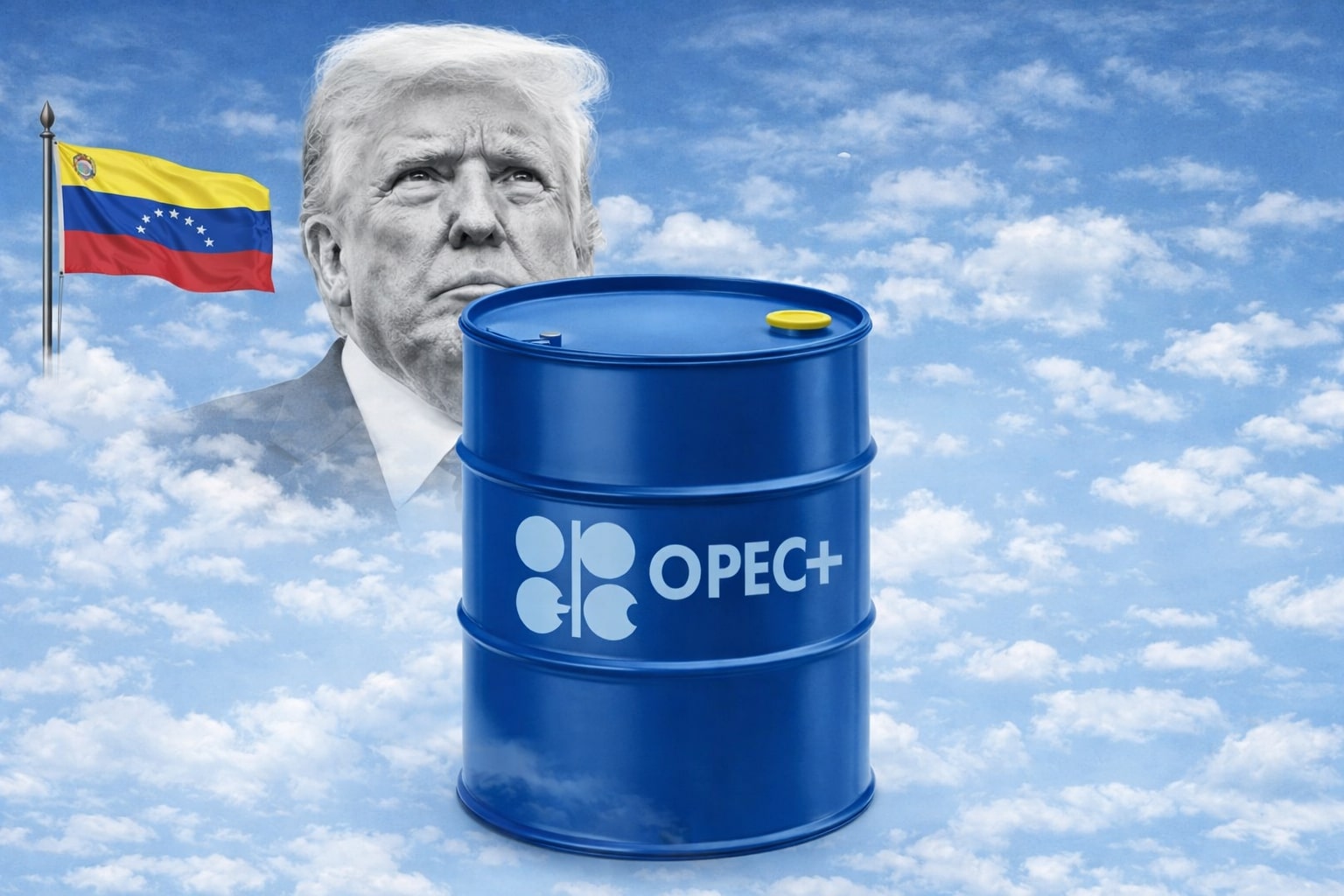
Natural Gas Price Forecast: Storage Glut, LNG Exports, and AI Power Demand Balances NG=F
Henry Hub steadies at $3 while European TTF tops $10.80, storage surpluses, weather shifts, and AI-driven demand shape the path for NG=F | That's TradingNEWS
Natural Gas Price Outlook – NG=F Balances Storage, LNG Exports, and Weather Shifts
Natural gas (NG=F) prices are trading in a volatile range as seasonal demand collides with record production and shifting storage levels. At Henry Hub, spot prices hover around $3.00 per MMBtu, while European benchmarks like TTF surge above $10.80, creating a 267% spread that highlights the arbitrage opportunity between U.S. exports and European buyers. This differential has widened from June’s 213% spread, reinforcing the structural bullish case for LNG flows despite an oversupplied domestic market.
Storage Levels and EIA Data – A Bearish Overhang Meets Winter Premium
U.S. inventories remain elevated, with the latest EIA report showing a 55 Bcf injection for the week ending August 29, well above the five-year average of 36 Bcf. Working gas in storage sits 5.6% above the five-year seasonal norm, signaling adequate supply coverage heading into the winter heating season. Despite this, October NYMEX futures trade at $3.064, a 2.1% premium to Henry Hub spot, reflecting market expectations of stronger winter demand. The Midwest, in particular, has flipped from a summer surplus to potential winter tightness, with Chicago Citygate futures spiking above $0.60/MMBtu basis premiums for January and February 2026.
Regional Price Divergence – U.S. Hubs Show Wide Spreads
Regional dislocations across U.S. hubs underscore infrastructure bottlenecks. Northwest Sumas traded at $1.38/MMBtu, while SoCal Citygate surged above $4.00, and PG&E Citygate settled at $3.97, a $2.65 spread that highlights West Coast pipeline constraints. In Texas, Waha hub prices hover at $0.06/MMBtu above Henry Hub, while Appalachian hubs like Eastern Gas South remain discounted at -0.055/MMBtu. These disparities create opportunities for traders with access to transport and storage to exploit short-term volatility while positioning for broader structural tightness.
Production Trends and Supply Outlook – Rigs Near Two-Year Highs
Dry gas production remains robust, with U.S. lower-48 output at 107.1 Bcf/day, up 4.6% year over year. The EIA recently raised its 2025 production forecast to 106.44 Bcf/day, with 2026 production expected at 106.09 Bcf/day. Active gas rigs sit near a two-year high at 122, up from 94 a year ago, underscoring steady investment despite price volatility. Supply growth continues to cap near-term rallies, but it also enables U.S. LNG to meet record global demand, with net flows to export terminals averaging 15 Bcf/day.
LNG Exports and Global Arbitrage – Europe Anchors Demand
LNG remains the structural driver for natural gas. European storage is 78% full, slightly below the five-year average of 85%, keeping the region dependent on U.S. cargoes. Arbitrage remains profitable as long as Henry Hub trades at $3 and TTF holds above $10. The U.S. exported 16.1 Bcf/week on average in early September, with seasonal LNG demand expected to rise further into winter. Basis trades between Henry Hub and European benchmarks continue to dominate speculative flows, with traders betting on sustained premiums into 2026.
Read More
-
DGRO ETF Price: Is DGRO at $69.17 Still the Better Dividend-Growth Bet?
17.12.2025 · TradingNEWS ArchiveStocks
-
XRP Price Stuck Below $2 As XRPI at $10.74 and XRPR at $15.26 Ride $1B+ ETF Inflows
17.12.2025 · TradingNEWS ArchiveCrypto
-
Natural Gas Price Forecast - NG=F Steady Near $4 as TTF Jumps on Colder Forecasts and LNG Outage Risk
17.12.2025 · TradingNEWS ArchiveCommodities
-
USD/JPY Price Forecast: USDJPY=X 155.50 Pivot Before BoJ Hike and US CPI
17.12.2025 · TradingNEWS ArchiveForex
AI, Data Centers, and Long-Term Demand Shock
A newer dimension is the surge in electricity demand from artificial intelligence. Data centers now consume 6–8% of U.S. electricity, projected to rise to 15% by 2030. With natural gas still providing 40% of U.S. generation, this shift could add 3–4 Bcf/day of incremental demand by 2033. Regional hubs in Virginia and California already show price pressure from data center clusters straining pipeline capacity. Infrastructure investments, including Chevron-GE Vernova’s 4 GW gas power project, aim to respond, but bottlenecks will persist in the near term, creating localized volatility.
Short-Term Trading Outlook – Weather and Technical Levels
Weather forecasts remain critical. Warmer-than-expected September conditions in the Midwest and Northeast are supporting electricity-driven demand, but cooler conditions on the coasts are tempering gains. Technically, NG=F faces resistance at the $3.26 level (200-day EMA), with support at $2.70. Momentum indicators suggest exhaustion at current levels, with RSI easing back into neutral territory. If futures clear $3.26, a run toward $3.60 is possible, matching the EIA’s H2 2025 forecast. A failure to hold $2.75, however, risks a deeper retracement to $2.65.
Natural Gas (NG=F) Investment View
Natural gas sits at the intersection of oversupply and transformative demand. Elevated storage levels and record production argue for caution in the near term, but LNG arbitrage, winter heating demand, and the structural pull from AI-driven power consumption build a strong medium-term case. With Henry Hub near $3.00 and futures already pricing in a premium, positioning depends on timeframe: short-term traders can exploit basis spreads and weather-driven volatility, while long-term investors eye the fundamental tailwinds that could push prices well above $4 in the coming years.



















